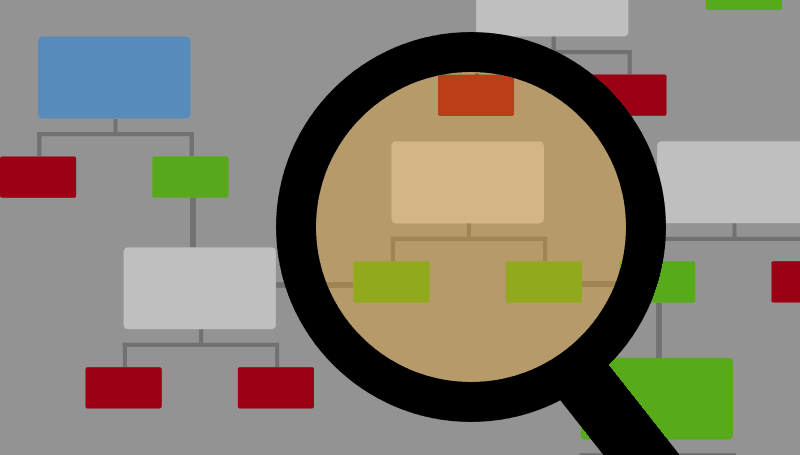The Third Compass Point: Be a Curator!
This post is part of a series. Earlier posts are linked at the bottom.
You’ve all heard of a museum curator...well, this work is similar....
...collecting things related to what you’ve invented...yes, evidence such as artifacts, narratives, resources, experiences, and observations...and arranging them in a way that can tell the story behind your work.
When you’re a curator, you're learning…gaining feedback…about what you’ve invented.
There’s an art to curation, though...and it requires tinkering and experimenting to uncover the kinds of evidence that give you the insights you need.
It’s not always easy to do this, especially in a system that’s become so obsessed with numbers... things like state standardized test data, benchmark data, grades, even attendance and seat time.
And within the work of being a curator, we have two mindshifts to help us uncover the evidence...
The first mindshift….
Leverage our insider perspective….
As a curator, you’re really a researcher who is curious about how your work is going.
I know….that word “Researcher” …you probably think it doesn’t feel right…
It sounds..... kind of intimidating...and researchers….they really don’t get us folks here on the ground…. Do they?
Research and evidence don’t need to be “academic” to actually be useful!
In fact, as a researcher, you have something no academic has…
The insider perspective.
When you Leverage your insider perspective, you’re tapping into your unique stance…your unique view of the work and curating evidence around….
What works?
When...and under what conditions?
And how to take what you’ve discovered and design the next iteration?
This insider perspective of yours? …it brings to these questions what nobody else has....what you alone have access to...
The Stories.
The Artifacts.
The Resources.
The Experiences and observations.
Things you alone are closest to.
We need more than our intuition or a “traditionalist researcher” outsider perspective to figure out if we’re on course with our ideas and solutions...our inventions.
We need to curate evidence...data...both qualitative and quantitative.
Leveraging your human, insider perspective will help you... and your community... know what’s working, what isn’t and why.
You see what nobody else sees because you’re the person on the ground.
You, and your insider perspective, are critical in designing The Human School.
So…What kinds of evidence am I looking for?
That question brings us to our second core mindshift:
Value stories as much as numbers.
We know the act of learning is messy and full of experiences that aren’t easily quantifiable….. To accurately capture the messiness, we need stories to bring the numbers to life.
But our profession and society are fixated on numbers. Why is this?
Because people think numbers make it easier to make sense of things. But do they really?
Let’s take grading…
As teachers in the current system, we’ve grown accustomed to quantifying in our gradebooks the work of our students…things like participation, assignments, tests, quizzes and the like.
And at the end of the marking period, what do we do?
Stack ‘em up...average them out….sift and sort….
Maybe helpful and convenient….but what do those numbers really tell us about what was learned...about the human behind the number? About the messy process of learning...the path to get to that number?
Not much…!
With numbers...we tend to let the process behind and over-focus on the outcome.
But behind every number there’s a story. And if we want a full picture of that story…we need to shift how we think about measurement….
We need to curate the stories behind the numbers and value them JUST as much...I’d argue even more... than the numbers alone.
What parts of the picture seem missing?
What additional evidence can I curate to help tell the full story?
At The Human School, numbers alone DEHUMANIZE. Numbers and stories….they help us HUMANIZE.
So as you’re curating evidence...the conversations, narrative stories, artifacts...remember, they’re equally as important as those numbers…
You see, at The Human School, we’re looking for some new, messier outcomes-- outcomes like curiosity, creativity, connection and love--
They’re just hard to measure in traditional ways…in numbers.
I like this idea from author, David Boyle:
Everything can’t be measured. In fact, the more important it is -- love, learning, wisdom, imagination -- the less it can be measured at all, and the more disastrous the attempt to do so tends to be.
So we have two entry points into new ways of thinking about being a curator...two core mindshifts....
Leverage your insider perspective
Navigating from Devaluing our insider perspective to Embracing our collective expertise.
Value stories as much as numbers
Navigating from Over valuing numbers to Valuing stories and numbers.
In the next post, we’ll connect this compass point and its mindshifts to a group of real people..just like you and me...
In your learning environment, how do you currently act as an curator?
Previous posts:

